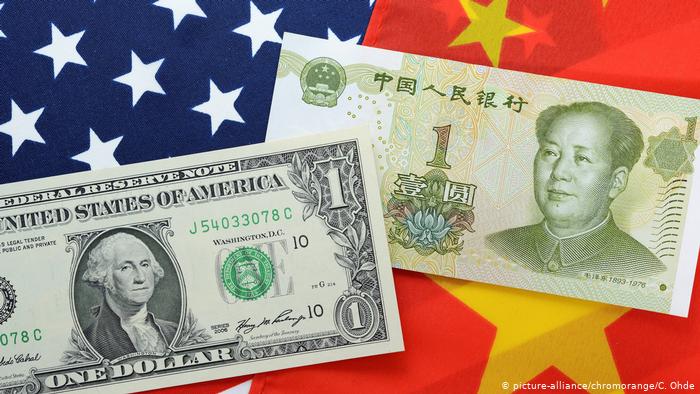DOLLAR STEADY AGAINST PEERS WHILE YUAN WEAKEN

The dollar held recent ranges against peers on Wednesday after softer-than-expected U.S. inflation figures tempered immediate expectations about Federal Reserve tapering while disappointing Chinese data weighed on the yuan and Aussie.
The dollar index stood at 92.632, little changed from Tuesday, when it dropped following the inflation data only to recover on haven demand as stocks slid on Wall Street. The index has meandered between 92.3 and 92.9 over the past week as several Fed officials have suggested the U.S. central bank could reduce its buying of debt securities by the end of the year, even after a much-weaker-than-expected payrolls report at the start of the month. While elevated inflation has kept pressure on policymakers, data overnight showed the U.S. consumer price index, excluding the volatile food and energy components, edged up just 0.1% last month.
The Federal Open Market Committee (FOMC) holds its monetary policy meeting next week, with investors keen to find out whether a tapering announcement will be made. Tapering tends to benefit the dollar as it suggests the Fed is one step closer toward tighter monetary policy. It also means the central bank will be buying fewer debt assets, effectively reducing the number of dollars in circulation. "The softer print eases concerns over an imminent acceleration in prices and should nullify any lingering pressure on the Fed to taper in September," Rodrigo Catril, a senior currency strategist at National Australia Bank, wrote in a client note. "But a taper this year still looks like a good bet, with November or December now looking more likely." Even so, NAB predicts that the focus of global growth is shifting away from the United States, pushing the currency down to $1.23 versus the euro by year-end. One euro bought $1.1808 on Wednesday, mostly flat from the previous session. European Central Bank Chief Economist Philip Lane speaks at the IMFS webinar later in the global day. The dollar slipped slightly to 109.595 yen, keeping close to the centre of the trading range of the past two months. Meanwhile, Commonwealth Bank of Australia is more bullish on the dollar's prospects, predicting that accelerating employment costs in the United States will keep consumer prices elevated. "Above-target inflation will prove more persistent than the FOMC expects," Carol Kong, a strategist at CBA, wrote in a report. "The implication is the FOMC will likely need to raise the Funds rate by more than what markets are currently expecting, which could support the USD down the track.
The Yuan eased against the dollar on Wednesday, as outbreaks of coronavirus Delta variant infections raised concerns over China's economic recovery. The southeastern province of Fujian reported its fifth straight day of new local COVID-19 infections, though they were confined to three coastal cities where a total of 152 cases had been reported between Sept 10-14. Some analysts reckoned China's tough measures to eradicate the virus, rather than try to adapt to living with it, as many other countries are doing, could handicap the economy. August activity indicators came in weaker than expected, with industrial output rising at the weakest pace since July 2020, while growth of retail sales also slowed significantly. Marco Sun, chief financial markets analyst at MUFG Bank, also noted three high frequency indicators including bank lending, power generation and rail freight transportation all slowed in August, suggesting that the economy's recovery in the second half of this year was "facing multiple obstacles". The onshore spot yuan opened at 6.4430 per dollar and was changing hands at 6.4421 at midday, 39 pips softer than the previous late session close. Separately, China's central bank rolled over maturing medium-term loans earlier in the session, while keeping the interest rate unchanged for the 17th month in a row. Prior to market opening, the People's Bank of China (PBOC) set the midpoint rate at 6.4492 per dollar, 8 pips firmer than the previous fix of 6.4500, the strongest since June 18. By midday, the global dollar index fell to 92.637 from the previous close of 92.672, while the offshore yuan was trading at 6.439 per dollar.


